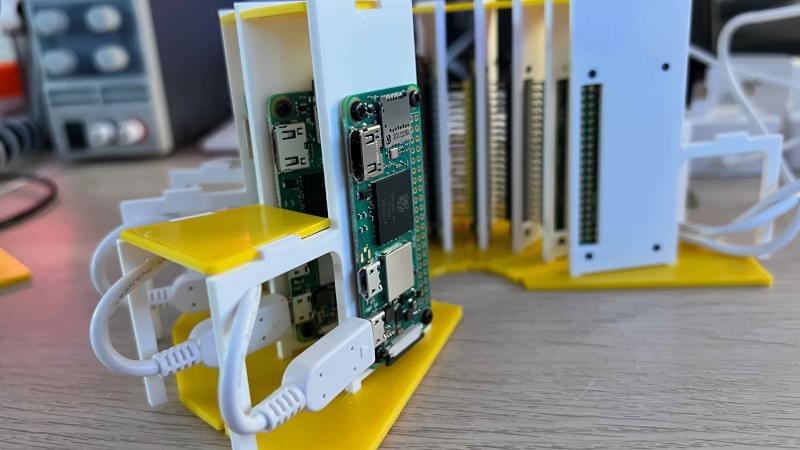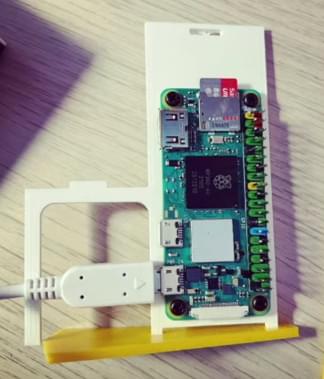Mar 21, 2022
Cluster Your Pi Zeros In Style With 3D Printed Cray-1
Posted by Shubham Ghosh Roy in categories: energy, supercomputing
From a performance standpoint we know building a homebrew Raspberry Pi cluster doesn’t make a lot of sense, as even a fairly run of the mill desktop x86 machine is sure to run circles around it. That said, there’s an argument to be made that rigging up a dozen little Linux boards gives you a compact and affordable playground to experiment with things like parallel computing and load balancing. Is it a perfect argument? Not really. But if you’re anything like us, the whole thing starts making a lot more sense when you realize your cluster of Pi Zeros can be built to look like the iconic Cray-1 supercomputer.
Continue reading “Cluster Your Pi Zeros In Style With 3D Printed Cray-1” »


















